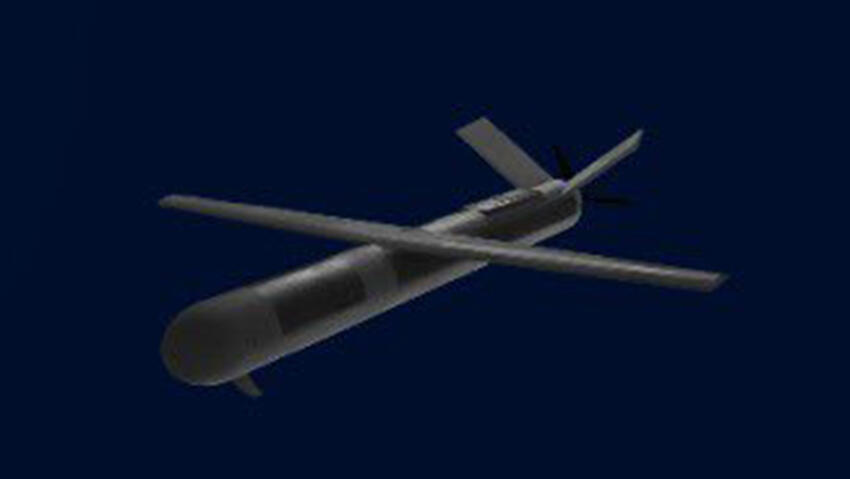Getting your Trinity Audio player ready...
The drone strike that injured over 60 individuals and killed at least 4 at a Golani Brigade base near Binyamina on Sunday — seems to have precisely hit its target. The IDF is now investigating the incident, but from the limited details currently available, the drone was likely a Sayyad 107 model, a UAV manufactured in Iran and widely used by Hezbollah, which also produces it in large quantities in Lebanon.
The model’s flight path can be programmed to frequently change altitude and direction, making it difficult to detect and track. It has a range of up to 100 kilometers (62 miles) and is small, with a very low radar signature compared to larger, metal-made UAVs. Its detection relies on the heat emitted by the engine, which is also challenging to identify via optical means.
Injured in drone strike being evacuated
(Video: Gil Nechushtan, Elad Gershgorn, Lior El-Hai, Raanan Ben-Zur, Dana Kopel, Magen David Adom, Rambam Health Care Campus )
The military is examining all possibilities, but it's almost certain that the UAV, which hit a critical target and caused many casualties, wasn't only a specialized model but also that Hezbollah managed to overwhelm or disrupt the IDF's detection systems by launching a mixed salvo of rockets and two other drones aimed at the Western Galilee.
The UAVs continued toward the sea off the northern coast and the Iron Dome system intercepted one. The IDF dispatched fighter jets and combat helicopters to track the remaining UAV, but contact with it was lost.
The IDF is now conducting a thorough investigation into how both the fighter jets and helicopters that had been tracking the UAV lost sight of it. It's possible that the UAV was pre-programmed to sharply descend toward the ground or the sea and continue flying at low altitude, exploiting the coastal terrain and then the hills of the coastal plain to evade interceptors.
Hezbollah has gained considerable experience in operating UAVs over the past year, successfully causing numerous casualties among civilians and primarily IDF soldiers at remote bases. Over half of the drones launched by Hezbollah are intercepted, either by IDF fighter jets sent to engage them or by the Iron Dome and David's Sling systems.
However, due to the UAV's small size and very weak radar signature, the Iron Dome's fire control radars and the optical sensors on fighter jets and helicopters often lose track of them, especially in hilly areas where radar echoes from the terrain are dominant and misleading.
The sophisticated UAVs manufactured by Iran are equipped with inertial navigation systems in addition to satellite navigation, enabling them to stay on course and strike their targets even when faced with GPS jamming. This is intended to mislead them, but Iran and Hezbollah sometimes bypass the American GPS jamming by using unique satellite navigation systems developed by Russia or China.
Neither Russia nor Ukraine have found an effective solution to the drone threat despite the war in the area now ongoing for nearly three years. Both sides in this conflict struggle to intercept the other side's explosive and reconnaissance drones in significant numbers.
The reasons are well known: UAVs and even more so drones, are small, fly low and slow and optical detection systems also struggle to identify them. All the sensors, including optical and radar systems, often fail to detect them.
The IDF and Israel’s defense industries have been trying to find a solution to this issue at least since the current war began, but there’s still no effective detection and interception solution, particularly for consistent tracking and targeting that would allow successful interception of UAVs, which are essentially miniature cruise missiles.
It can be assumed that when Israel finally deploys laser-based interception from the ground and from aircraft, the process of intercepting these threats will be easier and more efficient than using the Iron Dome, David's Sling, or aerial interceptor missiles. The laser system, despite having undergone several tests, will not be operational until mid-2025.
Even then, however, the primary challenge will remain to detect and track UAVs that fly very low, using valleys and prominent terrain features to hide before rising and crashing into their targets. There’s still no proper solution to this issue, which likely explains the lack of alert sirens sounding and the reason why the UAV injured so many when it crashed into its target.
Get the Ynetnews app on your smartphone:







